So does it succeed? Well, yes and no.
Maleficent is the story of Sleeping Beauty told from the villain’s perspective. Comparisons to Wicked are obvious and warranted. The difference is that now the story is told in live-action (with Angelina Jolie in the titular role) and with a slightly darker twist that portrays King Stefan (Princess Aurora’s father) in a villainous role. Maleficent herself is reimagined as a somewhat tragic character, who is outright stated to be “neither hero nor villain.”
This is all well and good. I have no problem with Disney reimagining their old fairy tales as live-action movies, but they need to fix some of the inherent problems in Maleficent. The main problem is the title character herself. While she is surely meant to be a much more ambiguous character than the obvious villain in the original fairy tale, her interpretation in this movie comes off more like the writers were not entirely sure what to do with her. Rather than being a morally grey character, she sometimes acts like a villain and sometimes like a hero, with her motivations for either being somewhat spotty. I was constantly confused why she was or was not doing things, and what kind of character she was supposed to be. Plus, they felt the need to give her the trite and obligatory Disney happy ending. The good thing is that Angelina Jolie is a much more competent actress than the writers are storytellers, and her solid performance keeps Maleficent from feeling boring.
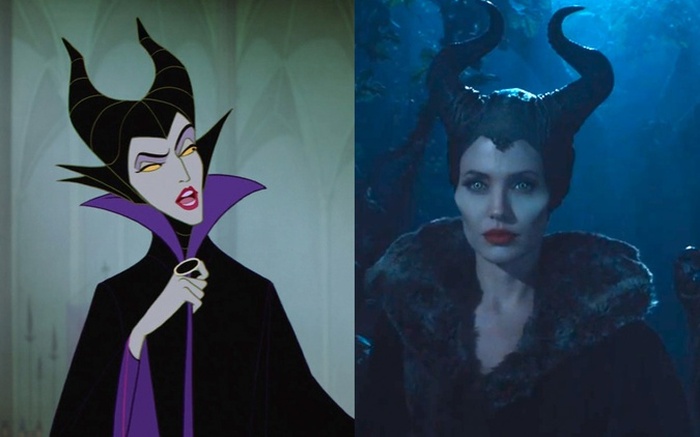
The final critique I have (and take this how you will), is that I kind of like Maleficent as a villain. Maybe it’s because I’m a big fan of the Kingdom Hearts series of videogames where she is an important villain, but I always thought Maleficent was one of the only really cool bad guys Disney had; she was a sorceress, and she could turn into a dragon! Now, she’s just a pseudo-tragic character hung-up on a broken heart, and that just isn’t as interesting to me.
All that being said, this is still a Disney fairytale, with all the tropes that it implies. It looks gorgeous, and the acting is for the most part solid. If you have a younger sibling or a child, then by all means bring them to it; they will probably love it (although with a slight danger of nightmares). Alternatively, if you are a major fan of Disney fairytales, than you’ll still probably love it. But alas, I yearn for the days of the cool and evil villain I once knew and will return to Sleeping Beauty and Kingdom Hearts, where she will always be the villain she once was.
After all, not every character needs to have a happy ending.
Grade: B+ if you’re a Disney fanatic or a small child, otherwise B-/C+


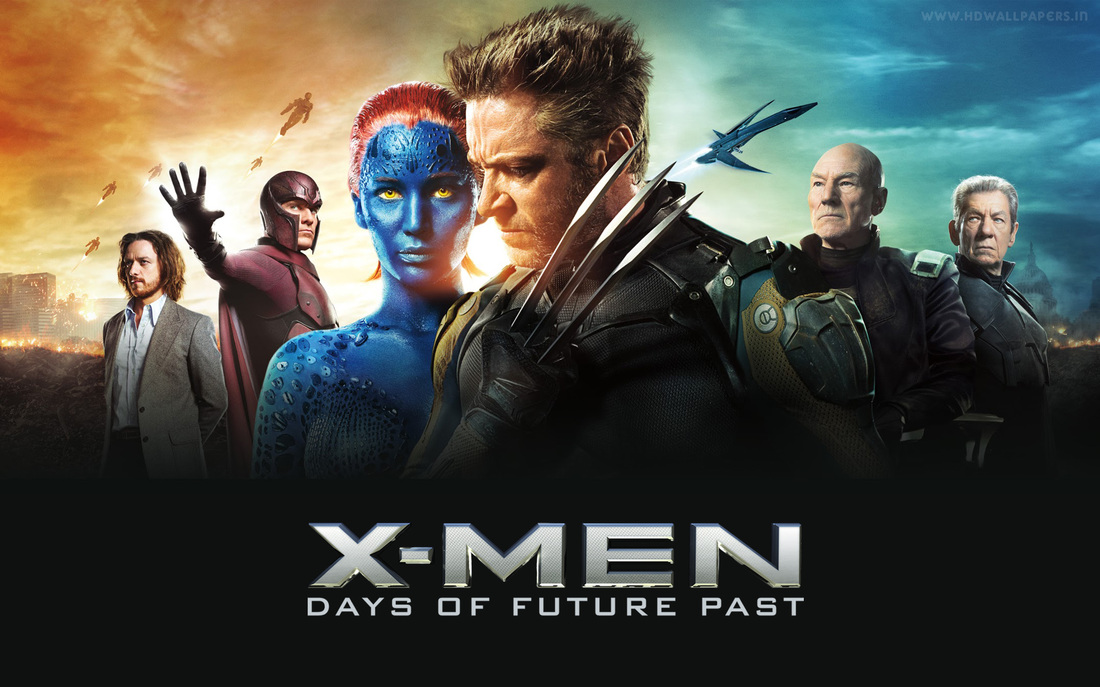
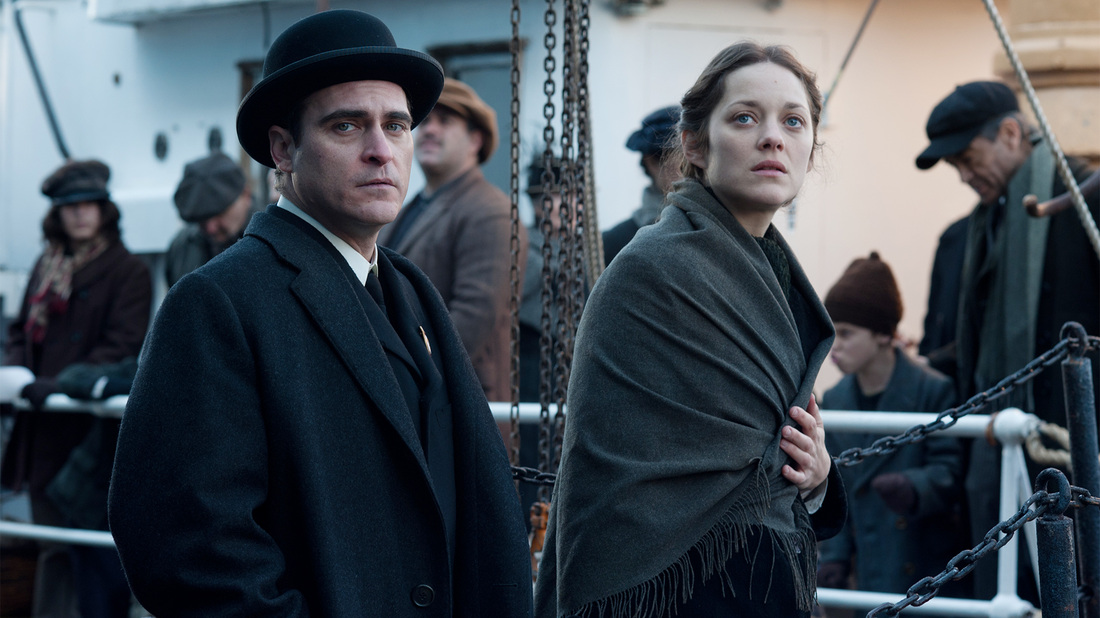
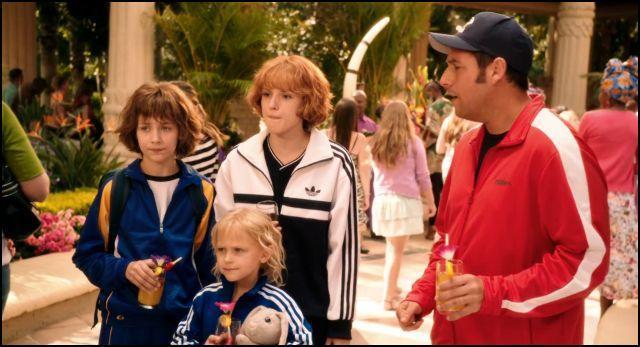
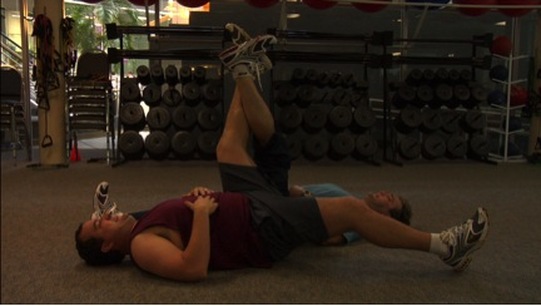
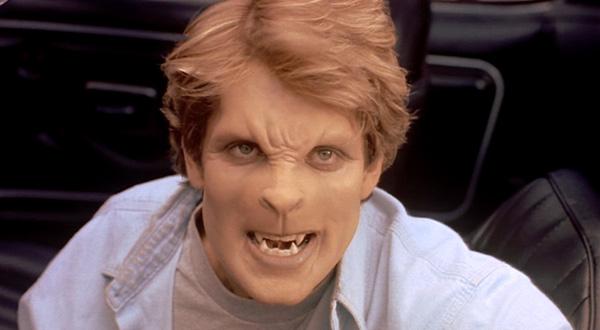
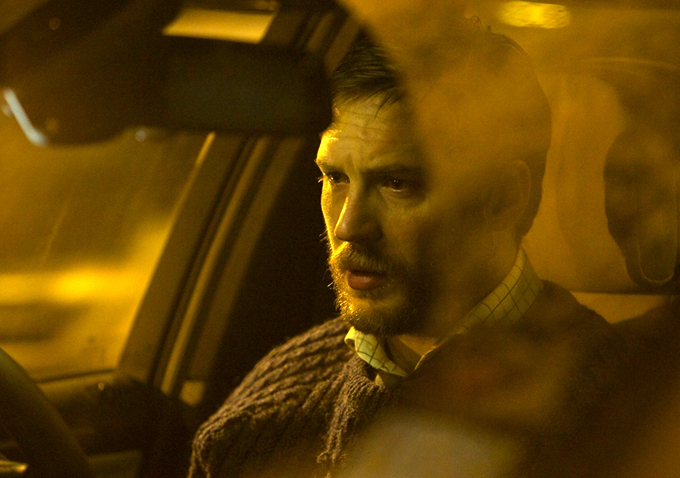
 RSS Feed
RSS Feed
